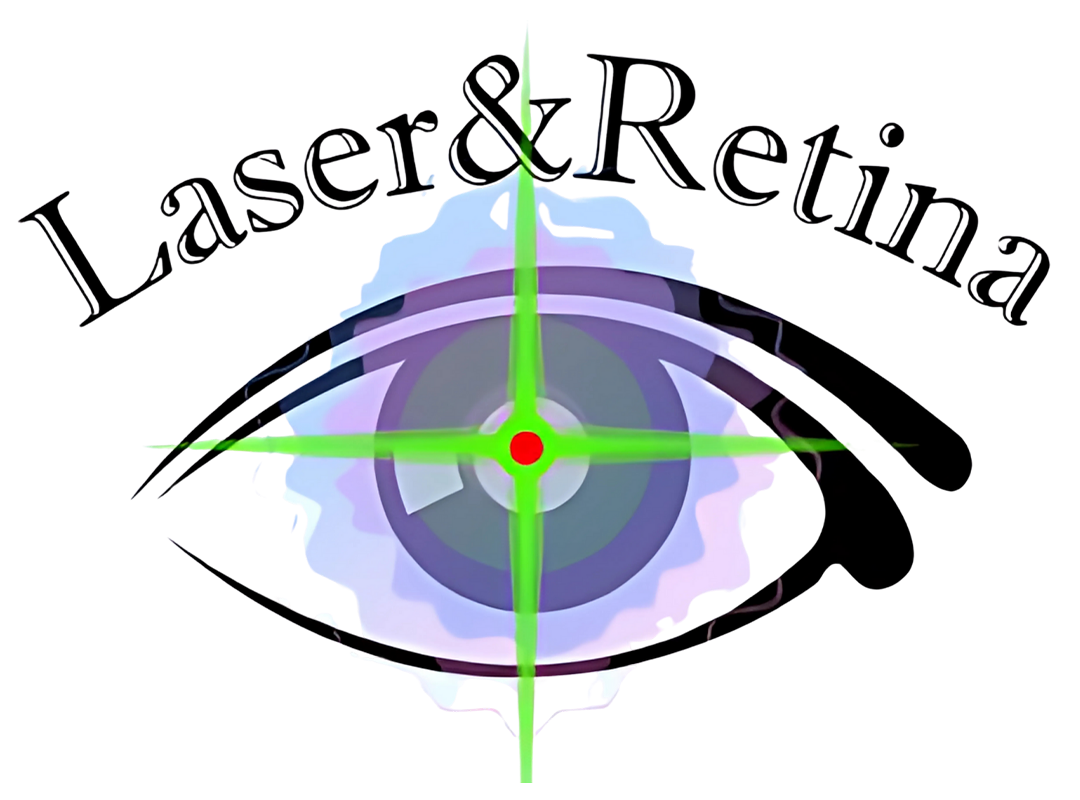Minimally Invasive Cataract Surgery
Minimally Invasive Cataract Surgery
Minimally invasive cataract surgery is a modern, safer, and quicker way to treat cataracts using the latest technology and tiny incisions. It is the standard of care today and offers faster recovery, less discomfort, and better visual outcomes.
What Makes It "Minimally Invasive"?
- Small Incisions: Often less than 2.2 mm (smaller than a grain of rice)
- No Stitches Needed: The incision is self-sealing
- Quick Procedure: Typically takes 10–15 minutes
- Faster Recovery: Most patients resume normal activities within 1–2 days
- Topical Anesthesia: Just eye drops, no needles required in most cases
Cataract
- Laser Cataract Surgery
- Foldable Intraocular Lens (IOL)
- Phacoemulsification
- Minimally Invasive Cataract Surgery
- Post-Operative Care After Cataract Surgery
- Understanding Premium Intraocular Lenses
Technology Used
- Phacoemulsification: Ultrasound is used to break up the cloudy lens so it can be gently removed through a small incision.
- Femtosecond Laser-Assisted Cataract Surgery (FLACS): A laser is used to create precise incisions and soften the lens before removal. This makes the procedure even more accurate and gentle.
Types of Cataract Surgeries
Here are the main types of cataract surgery, explained simply:
1. Phacoemulsification (Phaco)
- Uses ultrasound waves to break up the cataract
- A small incision is made
- The lens is removed and replaced with an Intraocular Lens (IOL)
- No stitches needed
- Fast recovery
2. Femtosecond Laser-Assisted Cataract Surgery (FLACS) – Laser Cataract Surgery
When cataracts significantly impair vision, cataract surgery is the most effective treatment. The cloudy lens is removed and usually replaced with a clear artificial intraocular lens (IOL). Cataract surgery is very common and has a high success rate.
- Uses a femtosecond laser to:
- Make incisions
- Open the lens capsule
- Soften the cataract
- Improves precision and customization
- Often used for premium lens implants
- Slightly higher cost but excellent outcomes
3. Manual Small Incision Cataract Surgery (MSICS)
- A slightly larger incision (6–7 mm) is made manually
- Cataract is removed without ultrasound
- Often used in cases with very hard or mature cataracts
- Common in high-volume or outreach settings
4. Extracapsular Cataract Extraction (ECCE)
- Used for very advanced cataracts
- A large incision (10–12 mm) is made
- The lens is removed in one piece
- Requires stitches and longer recovery
- Mostly replaced by phaco in modern practice
5. Intracapsular Cataract Extraction (ICCE)
- The entire lens and its capsule are removed
- Large incision and many risks
- Rarely performed today except in specific trauma cases
Lens Replacement Options (IOLs)
After cataract removal, the cloudy lens is replaced with a clear artificial lens called an IOL. Patients can choose from:
- Monofocal IOLs: Correct vision at one distance (usually far)
- Multifocal IOLs: Correct both near and far vision
- Toric IOLs: Correct astigmatism
- EDOF (Extended Depth of Focus): Improves range of vision
Recovery Timeline
- Day 1–2: Vision often improves quickly, minimal discomfort
- First Week: Use prescribed eye drops, avoid heavy lifting, protect eye
- 4–6 Weeks: Full healing and stable vision
Frequently Asked Questions
Both are effective. Laser may offer greater precision, especially for complex cases or premium lenses.
Your surgeon will guide you based on your lifestyle, vision needs, and eye health.
No. You’ll feel mild pressure but no pain during surgery, thanks to numbing drops.
1. Normal Lens vs. Cataract
2. Femtosecond Laser Setup
Patient Guide Download
Want to read more? Download this trusted guide from the National Eye Institute:
Cataract
- Laser Cataract Surgery
- Foldable Intraocular Lens (IOL)
- Phacoemulsification
- Minimally Invasive Cataract Surgery
- Post-Operative Care After Cataract Surgery
- Understanding Premium Intraocular Lenses
